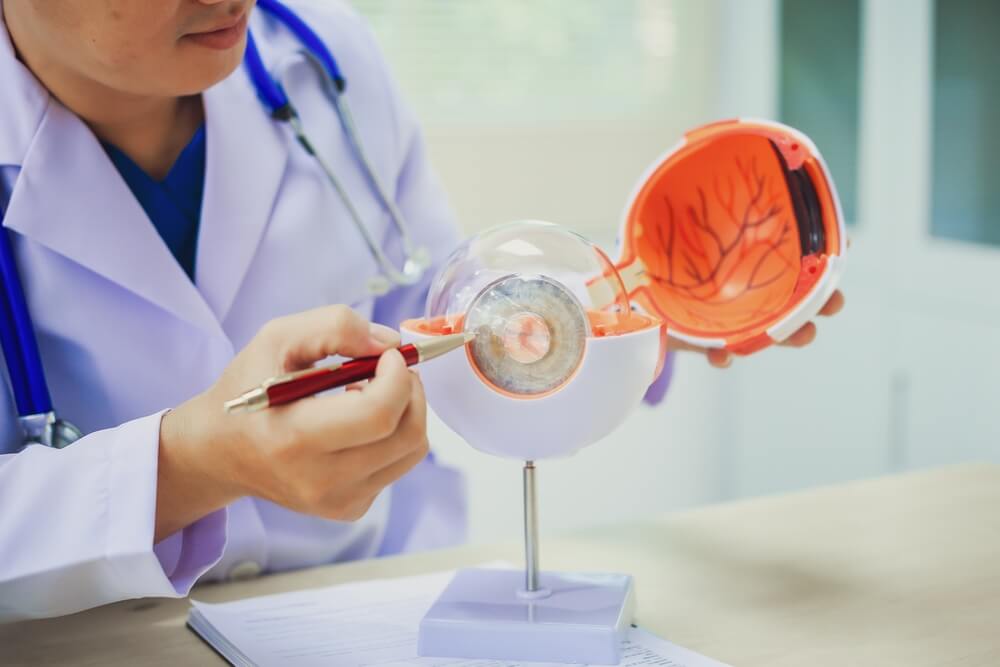Diabetic retinopathy is an eye condition caused by diabetes. It is the most common cause of vision loss in diabetics, as well as a leading cause of blindness in American adults.

This diabetic eye condition occurs when chronically high blood sugar damages the blood vessels and nerve tissue in the retina, the part of the eye responsible for converting light into electrical signals that the brain then translates into images. When it’s damaged, symptoms like floaters, blurred vision, distorted vision, and vision loss are all possible.
Early diagnosis and treatment of diabetic retinopathy can make all the difference, especially when it comes to preserving vision. But can diabetic retinopathy be reversed? We’re exploring the answer to this question below, including the treatment methods that are most effective at tackling this serious condition.
There are two distinct stages of diabetic retinopathy: nonproliferative retinopathy and proliferative retinopathy.
Both of these diabetic retinopathy stages come with their own complications and treatment options. As you might expect, though, the earlier the stage, the milder the symptoms and the easier the condition is to treat. Your best bet for determining the stage of progression and the treatment options that are available is to schedule a consultation with a retina specialist as soon as possible.
While treatment can slow down or even stop damage to the retina, there is no means to completely repair the damage that has already been done. Instead, the focus is on preventing further damage and preserving vision and overall eye health.
Treatment can potentially lead to clinical improvement at any stage of diabetic retinopathy. For example, complications of proliferative disease such as vitreous hemorrhage (bleeding in the inside of the eye) can go away with treatment. Also, macular edema (swelling of the retina) can also be reversed, both of which will improve the vision.
Nonetheless, a significant amount of microvascular damage from diabetes is believed to be irreversible. Also, some vascular damage may be progressing even with the best available treatment, such as slow visual field loss. Thus, the focus with diabetic retinopathy is two-fold: diagnose it early and manage it appropriately. In the early stages of the condition, doctors can generally manage and halt or slow progression with proper treatment. As diabetic retinopathy progresses, medical intervention is required to prevent further damage.
The best treatment for diabetic retinopathy is prevention. If you have diabetes, work closely with your endocrinologist to manage your blood sugar, A1C, and cholesterol levels. You should also see an eye specialist at least once per year for check-ups to look for any signs of early-stage retinopathy. Keep in mind that there may be no obvious symptoms with NPDR, so regular oversight is a must.
Advanced proliferative diabetic retinopathy can be treated in a number of ways, with many individuals undergoing two or more of these treatments at once:
Have more questions? Visit our diabetic retinopathy FAQ page, which covers other need-to-know information about the condition.
As a Diabetic Retinopathy Center of Excellence, we’ve made it our mission to help patients at every stage of this all-too-common diabetic eye condition. If you are experiencing any symptoms of diabetic retinopathy, please contact us right away to visit with a diabetic eye doctor and get a complete diagnostic workup.